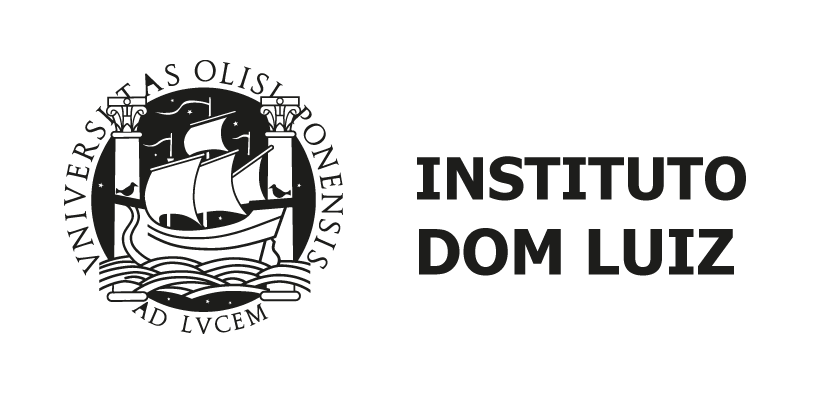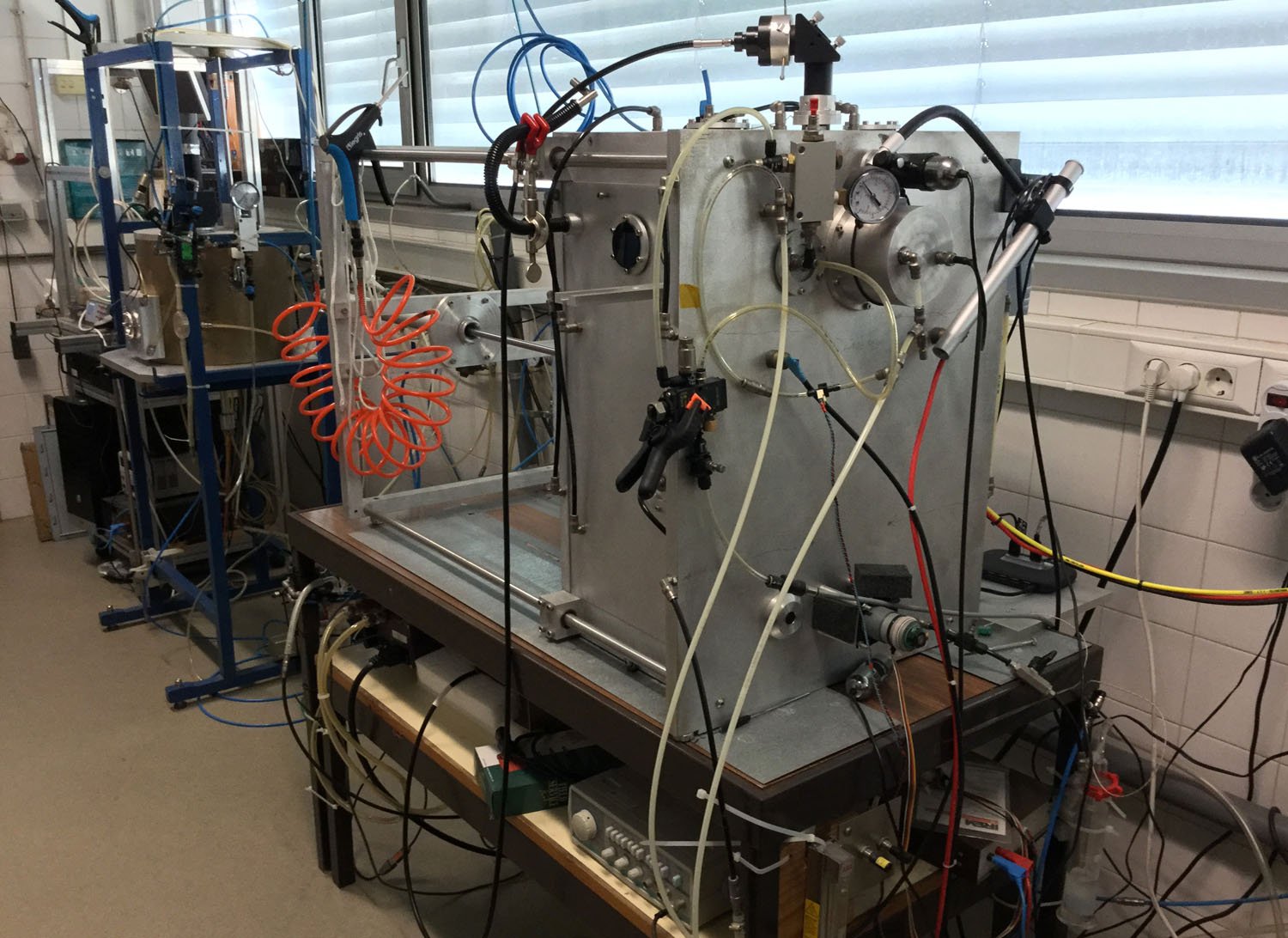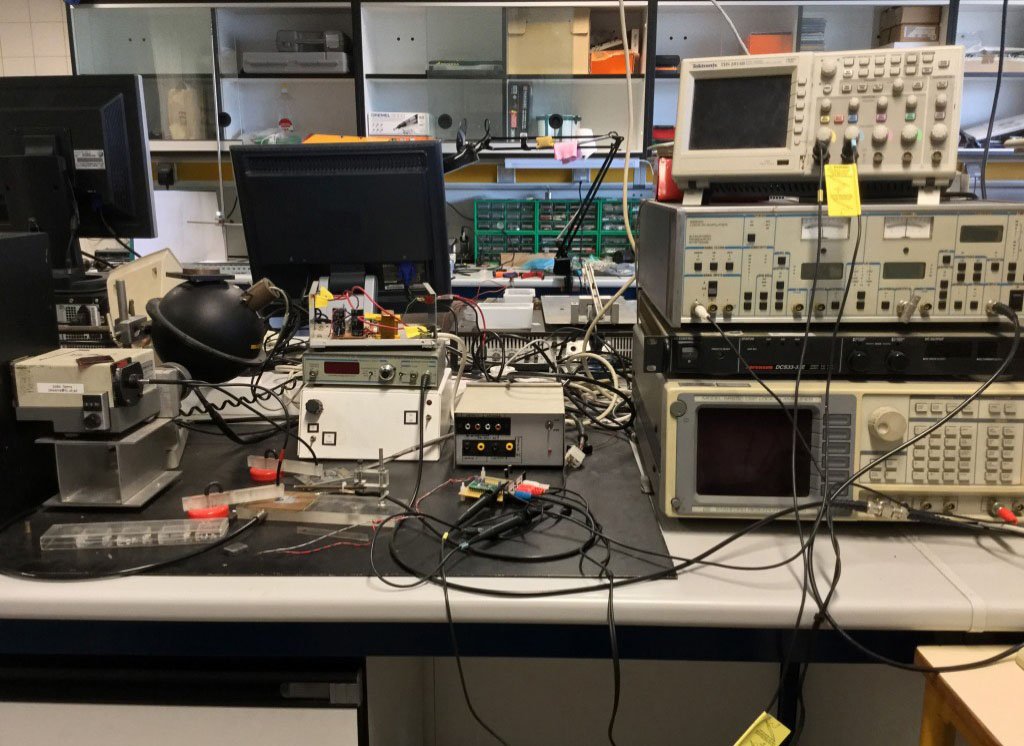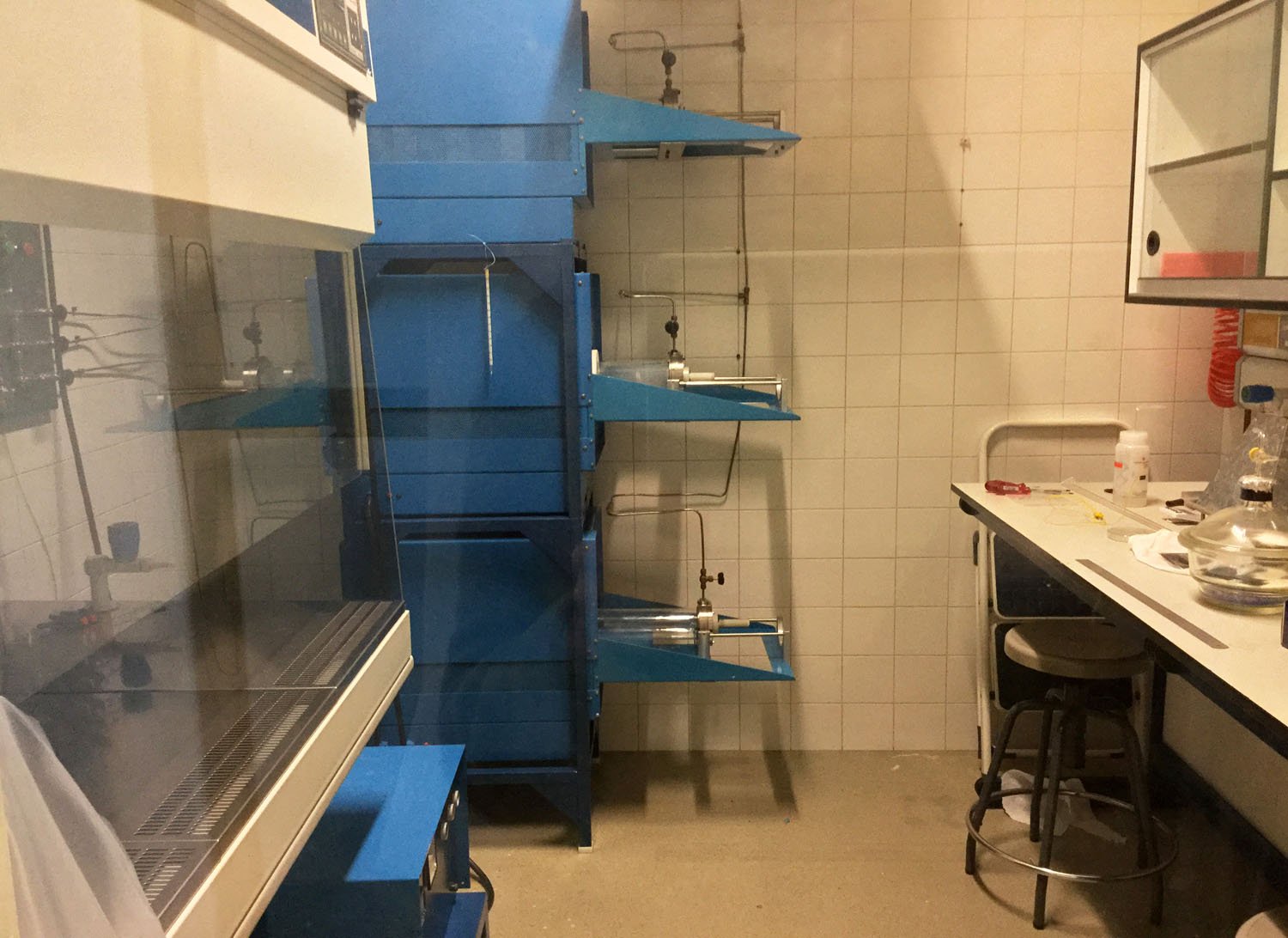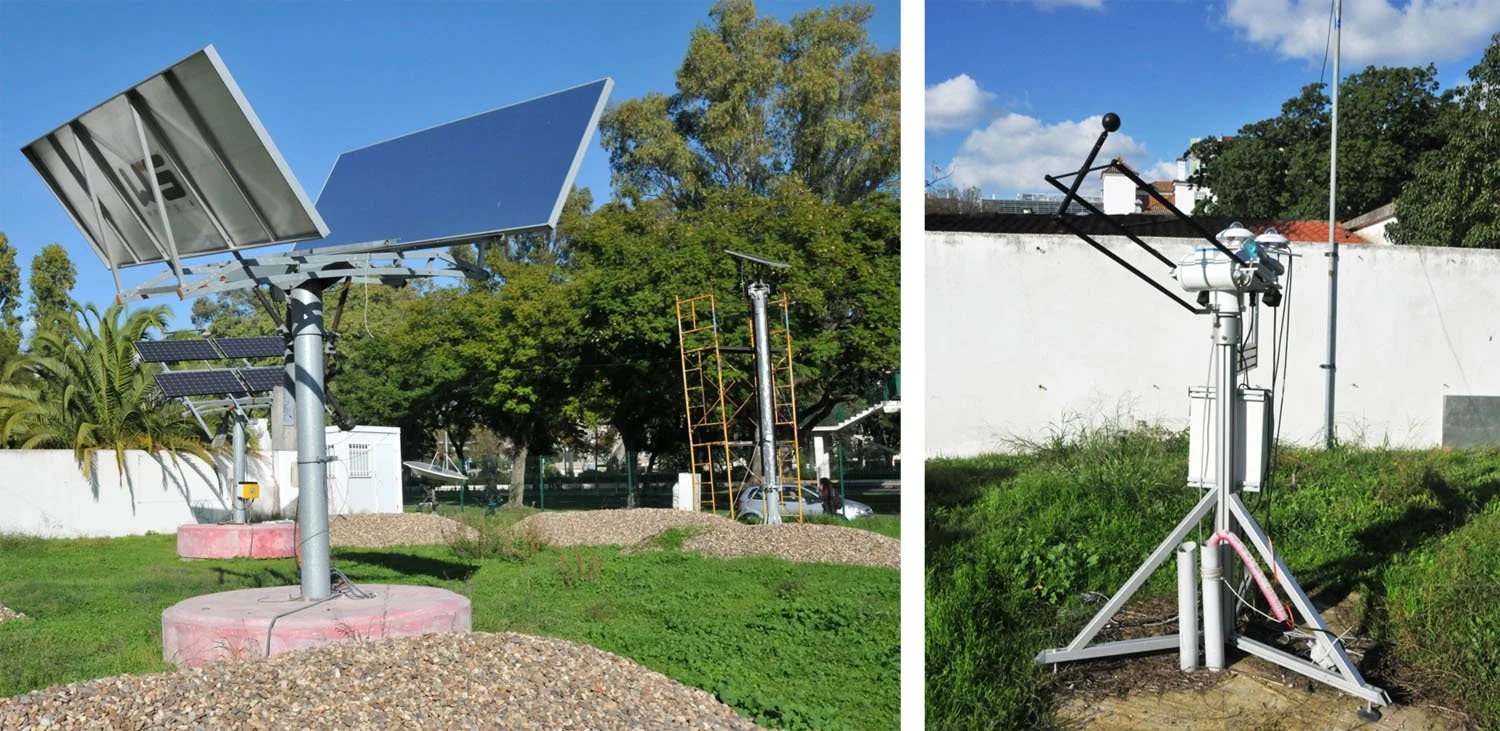Energy
The Energy Transition group has several laboratory and experimental facilities that are linked to the research carried out within this group. Besides computer infrastructures that are used for several simulation processes, the group has dedicated experimental facilities to support research activities.
PV technology development laboratory
In this laboratory the whole sequence to prepare solar cells is available. It ranges from crystal growth apparatus, to the final characterization of finished cells.
Image (left): Experimental setup for crystal growth. Temperatures as high as 1420º C are used to melt and crystallize silicon for solar cells.
Image (middle): Spectral Response measurement of solar cells.
Image (right): Clean room for thermal processing of solar cells, doping, oxidation and thermal annealing.
Natural ventilation laboratory
The internal dimensions of the test chamber are 6m x 6.5m with a 3.3m floor to ceiling height. The chamber allows for investigation of passive cooling solutions for open space service rooms (offices, schools, etc.). The chamber is also being used to test the low pressure loss fine particle filter.
Image (left): Photograph of the natural ventilation laboratory, to explore experimentally passive cooling solutions for office spaces.
Image (middle): Wind tunnel.
Image (right): ALVI, the virtual student, an Arduino based low cost energy audit system. The system includes multi-phase power clamps and a virtual occupant that can upload data to the cloud.
SOLAR CAMPUS – Solar energy outdoor laboratory
The Energy Transition group runs the Solar Campus, a laboratory for testing PV systems in real outdoor conditions. Continuous monitoring of installed systems is carried out, and acquired data can be used for teaching purposes enabling the connection between research and teaching. The characterization of new PV system prototypes is part of a partnership collaboration with companies aiming to analyze system performance in real outdoor conditions.
Image (left): Examples of installed PV systems at the Solar Campus.
Image (right): Meteorological station at the solar campus of FCUL.
To enable the characterization of both environmental and operation conditions of the installed photovoltaic systems of the solar campus of FCUL, a new meteorological station started operating at the beginning of January 2015, and has been collecting data from wind, solar radiation, temperature and atmospheric pressure. This unit has several sensors such as piranometers (MS-802), pyreliometers (MS-56), a set for shading and a meteo sensor (WS-500).
Contact Persons
PV technology development: João Serra | jmserra@fc.ul.pt
Natural ventilation laboratory: Guilherme Carrilho da Graça | gcg@fc.ul.pt
Solar Campus – Solar energy outdoor laboratory: Miguel Centeno Brito | mcbrito@fc.ul.pt
Addresses
PV Technology Development: FCUL, Building C8, Room 8.4.07 and Room 8.3.19
Natural ventilation laboratory: FCUL, Building C1, Room 1.4: FCUL, Building C1, Room 1.4.
SOLAR CAMPUS – Solar energy outdoor laboratory – FCUL, off Building C8 and C1 rooftop
